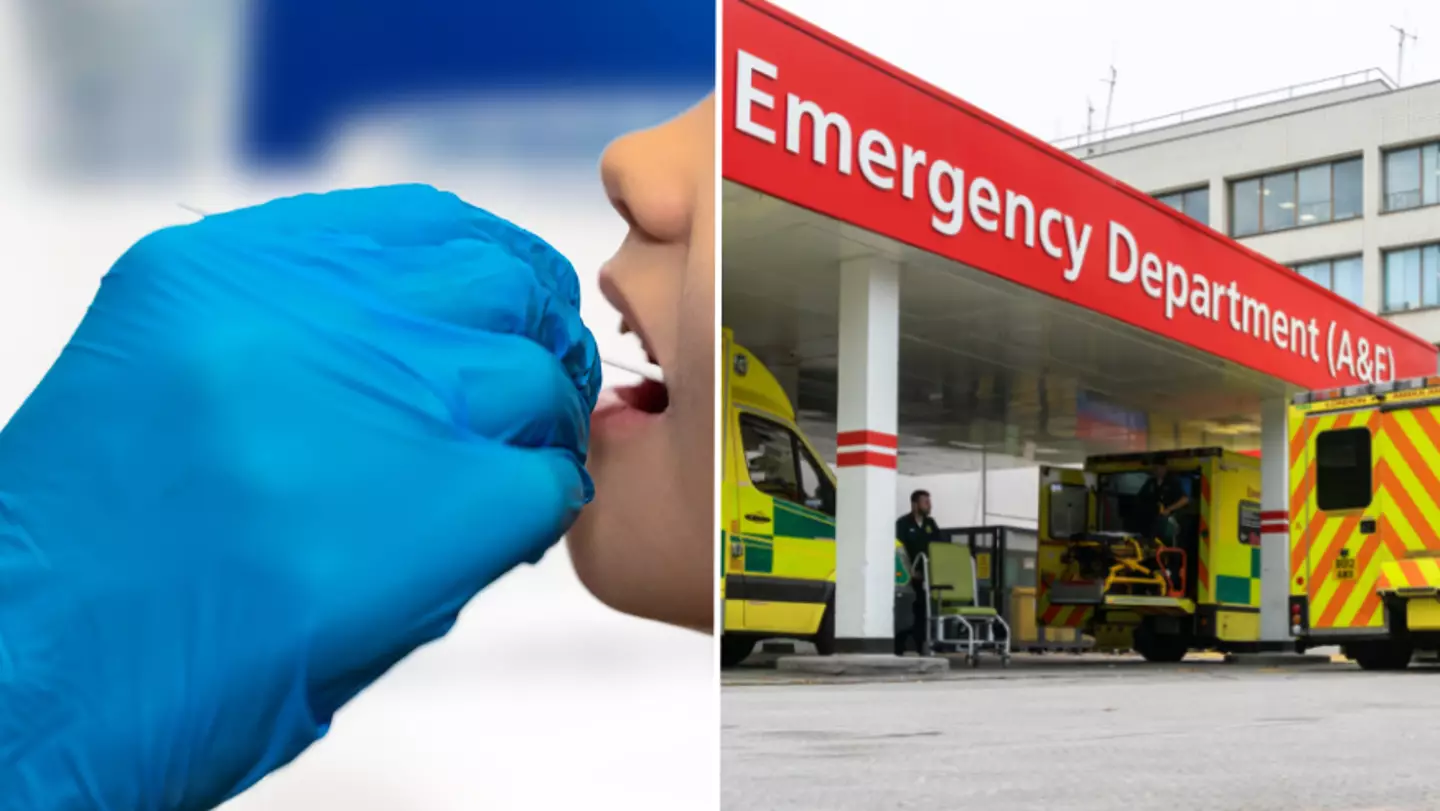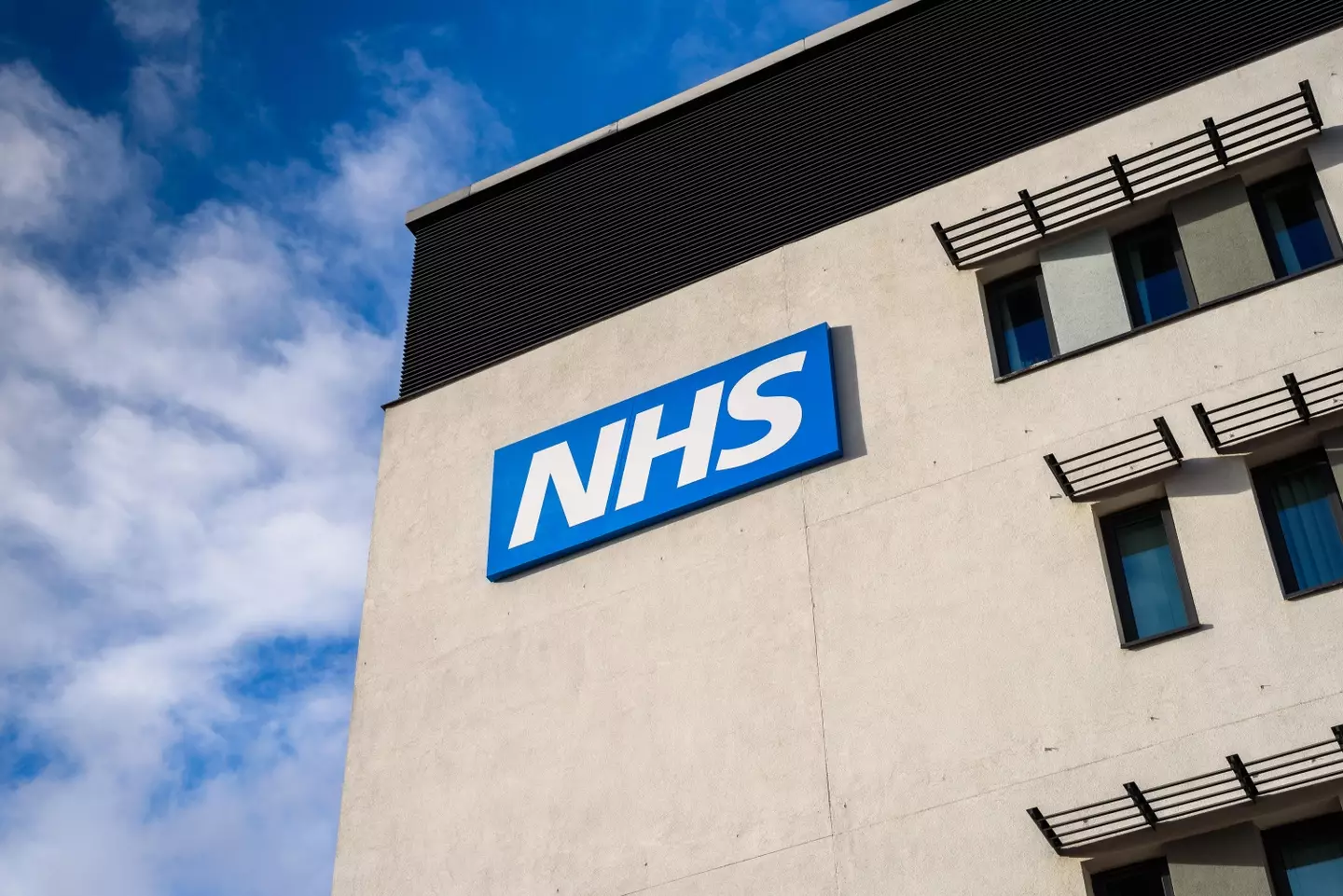
Six children in the UK have passed away after being infected with Group A strep bacteria. Here's everything you need to know about the infection.
Yesterday (2 December), the UK Health Security Agency (UKHSA) issued an update on scarlet fever and invasive Group A strep (iGAS) which confirmed there have been five recorded deaths within seven days of an iGAS diagnosis in children under 10 in England.
During the last high season for the infection, which came in 2017 to 2018, there were four deaths in children under the age of 10 in the same period.

Advert
Another child under the age of 10 in Wales has also died recently after contracting the infection.
Invasive Group A strep can be caused by bacteria called group A streptococci (GAS).
GAS, according to the NHS, can colonise the throat, skin and anogenital tract. It is spread by close contact between individuals, for example through coughs, sneezes and skin-to-skin contact.
Many people do not experience any symptoms, but those who do may feel pain when swallowing, fever, swollen tonsils with white patches, swollen neck glands, a high temperature or a skin rash.
Advert

These bacteria can cause scarlet fever and other respiratory and skin infections such as strep throat and impetigo, though in 'very rare occasions' the bacteria can get into the bloodstream and cause iGAS.
The UKHSA has stressed that while still uncommon, there has been an increase in iGAS this year.
There have been 2.3 cases per 100,000 children aged one to four this season, compared to an average of 0.5 in 2017 to 2019; and 1.1 cases per 100,000 children aged five to nine, compared to the average of 0.3 in 2017 to 2019.
Advert

The government has assured there is no evidence that a new strain is circulating, and instead has attributed the increase to high amounts of circulating bacteria and social mixing.
It recommends good hand and respiratory hygiene to help prevent the spread of bacteria.
There are many viruses circulating that can cause sore throats, colds and coughs and the UKHSA notes that many of these will resolve without medical intervention.
Advert
However, parents are advised to contact NHS 111 or a GP if your child seems to be getting worse, eating less than normal, shows signs of dehydration or has a high temperature.
Parents are advised to call 999 or go to A&E if your child is having difficulty breathing, their skin, tongue or lips are blue, or if your child is floppy and will not wake up or stay awake.
